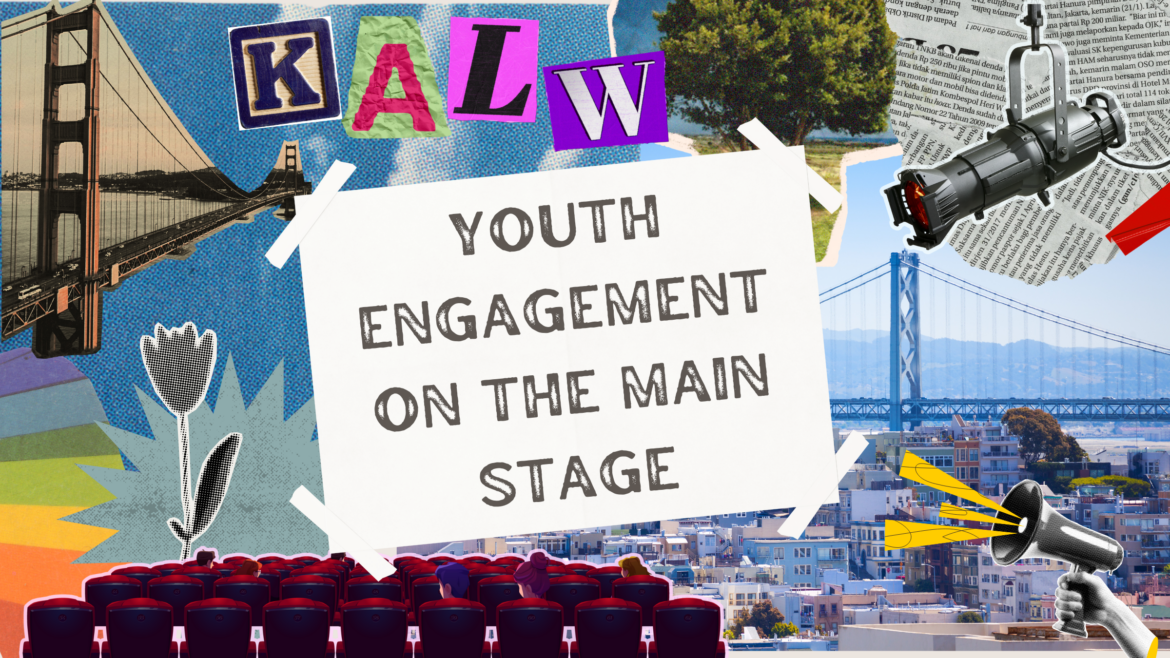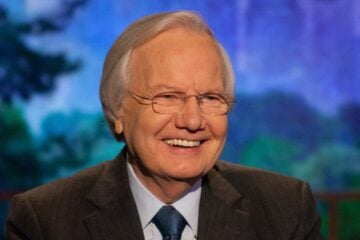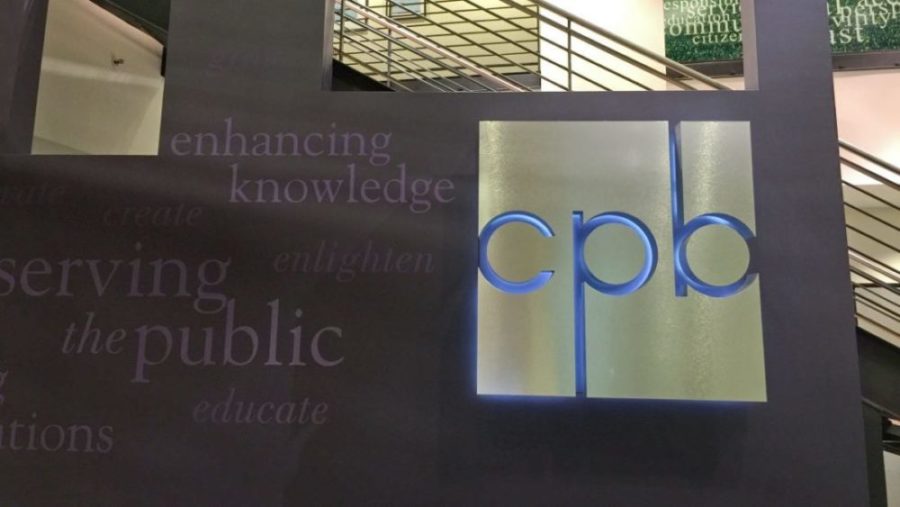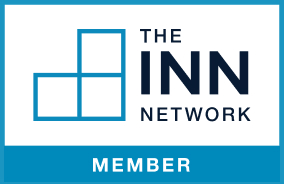Youth Power: How KALW put teens on stage to win the trust of this elusive audience

Chelsea Naughton / America Amplified
This article was first posted by America Amplified and is republished here with permission.
As our audiences trend older, the youth audience becomes a more and more compelling demographic to reach out to — and as KALW found, they can be knowledgeable contributors in their own right. Community engagement manager Johanna Miyaki built upon KALW’s long-standing tradition of community engagement to create a youth-centered event series.
The challenge
KALW hired Johanna Miyaki in March to manage engagement efforts for its election project. The team wanted to focus on new voters, and Miyaki found herself drawn to young people — voting age and younger — in the Bay Area. While KALW has a summer podcasting intensive geared toward young people, kids weren’t necessarily looking to KALW for anything beyond an extracurricular opportunity. Miyaki hoped to change that relationship for the better.
In her community listening, she encountered a lot of teenagers who were unhappy about what they were observing and hearing in politics at the local and national levels. For example: In nearby Richmond, Calif., a group of teenagers — as young as 14 and into their older teens — organized a “Vote for Us” campaign, stating their positions on particular ballot issues and urging people who could vote to represent those positions on their own ballot.
And Miyaki wondered: In how many other communities were young people doing the same thing?
That’s how KALW’s Youth Power events came about. The events consisted of public listening sessions that brought in youth activist groups from across the Bay Area so KALW and attendees could “learn about, from them, what they are concerned about for their communities,” Miyaki said. She worked with youth organizations including the RYSE Center in Richmond, the youth councils of the League of Women Voters and the NAACP, the San Francisco Youth Commission and the Oakland Youth Vote Coalition.
The first event in October drew in five youth organizations across the Bay Area communities and about 20 attendees, including the young speakers and their accompanying adults. The second, in February, drew around 60 attendees — an exponential growth — and Miyaki says participants are interested in a third. Some of the participating organizations have even offered to host future events, which Miyaki sees as a promising sign for the longevity of the series and the relationships.
The Youth Power series
At both events, teenage speakers from the youth organizations shared their thoughts on the current political landscape. The speakers were frustrated about what they are seeing in local and state politics, Miyaki said, and they’re doing something about it.
“This was their opportunity to communicate that,” she said. “We wanted to give them a platform to talk about what they care about and to share the ways that they’re advocating for themselves.”
The top issues youth speakers brought up were LGBTQ+ rights and immigration policy — the Bay Area is, Miyaki pointed out, a very diverse area, and issues around immigration and citizenship affected some of the speakers’ families directly. They were also very concerned about the state of public schools. Miyaki said their school districts are severely underfunded, and the teens were angry and frustrated about some districts’ plans to potentially consolidate schools. Climate change and housing affordability also came up.
The youth speakers didn’t just talk about the issues that kept them up at night. They also talked about what they were doing about those issues. Each group came with a presentation about the work they were doing and why. Prior to the event, many of the organizations had not worked together before. Miyaki sees providing a platform where they learn about each others’ work as a major benefit KALW was able to provide.
“They wanted to be connected with kids in other cities who were doing the same thing they were doing,” Miyaki said. “They just started comparing notes.” Now they see the space KALW provides as not just a literal, physical space but as a way to collaborate and go further with peers their own age.
Miyaki feels like this is all in line with KALW’s mission of supporting and educating the public. It also builds trust with the young people who participate. She doesn’t see many media outlets platforming young people the way KALW has with its youth power series, and when kids don’t see themselves represented in the media, it doesn’t do much to encourage their trust in that media. Featuring them in this way, Miyaki said, “really speaks to walking the talk.”
The hope is that as the young participants help shape the programming of the Youth Power series, they learn to trust KALW more and see it as a way to get trusted information — and eventually become listeners themselves.
Johanna’s takeaways
- Be genuine. Engaging with youth is different from pandering, advertising or marketing to them. Take the time to listen to what’s important to them.
- Acknowledge their expertise. They also have a good finger on the pulse of what matters to their peers. In some cases, they had a better understanding of the local issues they cared about than some of the adults in the room. “If you don’t talk to young people, you really don’t know everything” about what’s going on in your community, Miyaki said.
- This is an untapped market, so don’t be afraid to experiment. “It doesn’t take a lot of resources to do it, to test it out. And the rewards can be pretty substantial. The impact you have on young people is super important, and if you do it right it can be really positive.”





